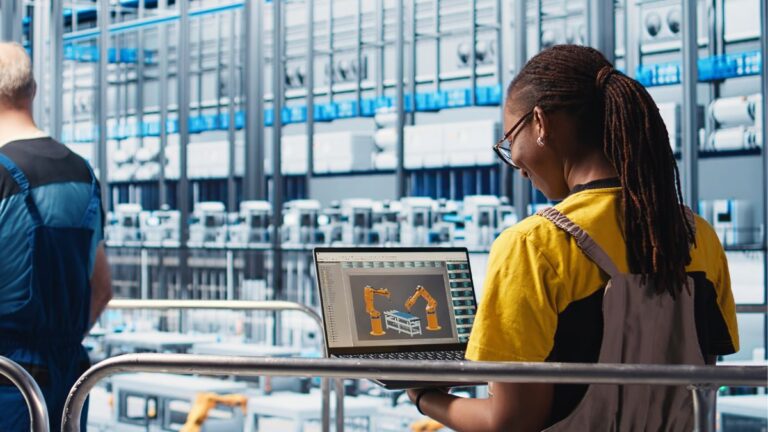Facility Management today involves more than simply maintaining buildings and infrastructure. It’s an area that combines diverse skills and strategies to orchestrate a safe, healthy, and productive workplace that meets the needs of both organizations and the people working within them. Facility managers oversee various responsibilities, from scheduling maintenance, space planning, and risk management to ensuring compliance and aligning facilities with broader organizational goals. The field has evolved to be a core business function, requiring attention to operational detail and strategic long-term planning.
Technology has become more central to everyday success as the role has grown in scope and complexity. Many organizations now integrate specialized platforms such as utility asset management software to simplify the monitoring and control of assets, buildings, and utility systems. This software helps track all necessary maintenance and reporting, provides valuable real-time analytics, and assists in planning capital expenditures for future upgrades. With digital innovation at the core, facility management continues to evolve as an essential driver of growth and efficiency in modern business.
Current Challenges in Facility Management
Facility Management managers worldwide face numerous challenges, including tightening budgets, increasing health and safety expectations, maintenance backlogs, aging infrastructure, and new regulations. The labor market faces talent shortages due to retirement and lacking technical and digital skills. To manage these issues, many organizations are adopting automation and process digitization. Supply chain disruptions complicate procurement of key materials and parts, sometimes leading to operational slowdowns. These interconnected issues require agility, well-informedness, and the ability to innovate in response to changing conditions.
Technology Adoption in Modern Facility Operations
Digital adoption significantly transforms facility operations, with building management systems and integrated workplace management systems (IWMS) becoming integral components. These systems automate and monitor facility operations, improving efficiency and responsiveness. Software platforms offer features like predictive maintenance scheduling, detailed asset histories, and mobile work order management. Hybrid work technology supports flexible workplace strategies, such as hot-desking and contactless entry, enhancing employee experiences. This results in increased cost savings and a more agile environment, with managers reporting fewer unexpected breakdowns and faster response times, ensuring satisfaction for both occupants and stakeholders.
Data-Driven Decision-Making
Data is crucial for effective facility management, as connected sensors and IoT devices provide unprecedented visibility into building performance. Monitoring utilities, air quality, temperature, and foot traffic generates actionable insights. Leveraging dashboards and analytics tools allows facility teams to make informed decisions, enabling predictive maintenance and reducing operational expenses. Data-driven models lead to faster problem resolution, increased employee satisfaction, and a competitive edge, making it a necessity for facilities.
Sustainable Practices and Green Buildings
Facility managers promote sustainable building practices, focusing on energy efficiency, smart controls, and responsible waste management. These practices benefit the environment, reduce operational costs, and future-proof organizations against rising utility expenses and regulatory changes. Facilities strive for LEED or ENERGY STAR certifications, using technologies like LED lighting and rainwater harvesting systems. Sustainability also supports employee well-being, productivity, and brand reputation.
The Importance of Cybersecurity
Cybersecurity is crucial in modern facility management, as every digital device connected to the network can be a gateway for hackers. Threats include ransomware, phishing attacks, and unauthorized access to sensitive data. Facility teams must prioritize security, such as emergency preparedness or physical building checks. Strategies include regular software updates, strong access controls, cybersecurity training, and network segmentation. A secure facility safeguards operational integrity, resident trust, and organizational reputation, making cybersecurity a non-negotiable aspect of forward-thinking management.

